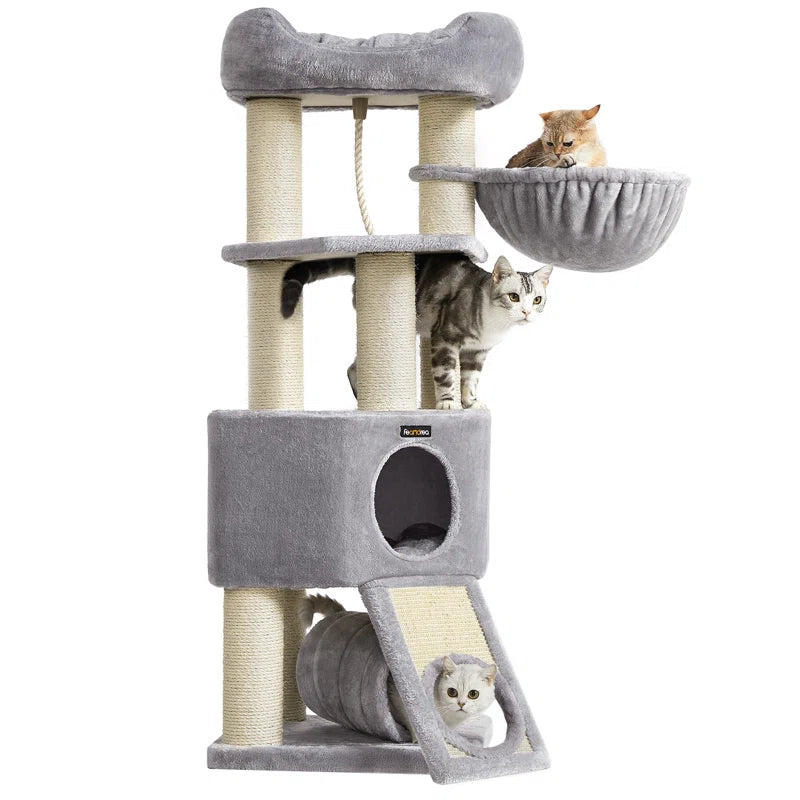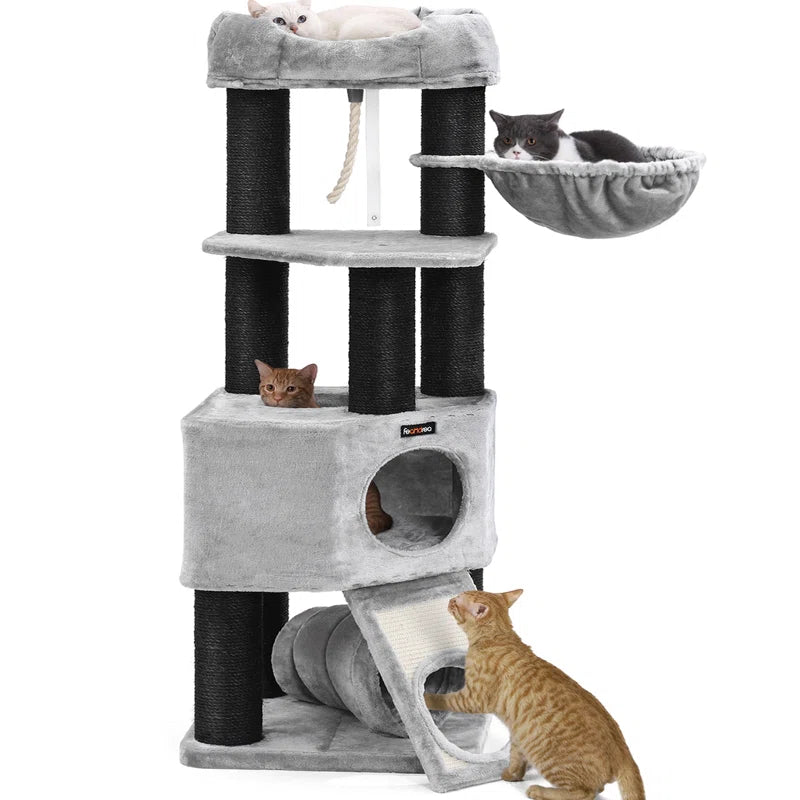Why Does My Cat Bite Me? Understanding Cat Behavior

Cats bite their owners for various reasons, ranging from playfulness to aggression. Understanding the motivation behind your cat's biting behavior is crucial for addressing it effectively and maintaining a harmonious relationship with your feline friend.
Communication Through Biting
Cats use biting as a form of communication. Your cat might bite to express discomfort, excitement, or a desire for attention. Felines lack verbal language, so they rely on physical cues to convey their feelings. A cat's bite can indicate anything from "I'm hungry" to "I don't like that." Learning to interpret these signals helps foster better understanding between you and your pet.
Playful Nips vs. Aggressive Bites
Distinguishing between playful nips and aggressive bites is essential. Playful bites are usually gentle and accompanied by other playful behaviors like purring or kneading. Aggressive bites, on the other hand, are often harder and may be accompanied by hissing, growling, or flattened ears. Recognizing the difference helps you respond appropriately and avoid escalating the situation.
Overstimulation and Petting-Induced Aggression
Cats can become overstimulated during petting, leading to sudden biting. This phenomenon, known as petting-induced aggression, occurs when a cat's tolerance for physical contact reaches its limit. Signs of impending overstimulation include tail twitching, skin rippling, or ears flattening. Learning to recognize these cues allows you to stop petting before your cat resorts to biting.
Check out our multi-level cat tree for a stimulating environmentFear and Defensive Biting
Cats may bite out of fear or as a defensive mechanism. When feeling threatened or cornered, a cat might resort to biting as a last resort. This behavior often stems from past trauma or lack of socialization. Creating a safe, calm environment and allowing your cat to retreat when feeling overwhelmed can help reduce fear-based biting incidents.
Redirected Aggression in Cats
Redirected aggression occurs when a cat is aroused by a stimulus it can't reach and redirects that aggression towards the nearest target - often their owner. For example, a cat might see another cat outside, become agitated, and then bite you when you approach. Understanding this behavior helps prevent unexpected biting episodes.

Medical Issues Causing Biting Behavior
Sometimes, biting can indicate underlying medical issues. Pain, dental problems, or neurological conditions might cause a cat to bite more frequently. If your cat's biting behavior changes suddenly or is accompanied by other symptoms, it's crucial to consult a veterinarian to rule out any health concerns.
Explore our premium cat play tower for active petsKitten Biting and Teething
Kittens often bite during play and teething. This behavior is normal but needs to be managed to prevent it from becoming a habit in adulthood. Providing appropriate toys and redirecting biting to acceptable objects helps kittens learn boundaries. Consistency in training during this stage sets the foundation for good behavior as they grow.
Territorial Biting and Possessiveness
Cats are territorial creatures and may bite to protect their space or possessions. This behavior can manifest when you approach their favorite spot or try to move them from a comfortable position. Respecting your cat's boundaries and providing multiple resting areas can help reduce territorial biting.
Discover the perfect cat retreat with our Barnsley Cat TreeAttention-Seeking Bites
Some cats learn that biting gets them attention, even if it's negative. This behavior can become a habit if reinforced. Instead of reacting strongly to attention-seeking bites, try redirecting your cat's behavior to more positive interactions. Scheduled playtimes and consistent feeding routines can help reduce attention-seeking biting.

Predatory Instincts and Biting
Cats are natural predators, and biting is part of their hunting behavior. Moving objects, including hands and feet, can trigger this instinct. Encouraging appropriate play with toys rather than body parts helps satisfy your cat's predatory drive without causing harm. Interactive toys that mimic prey movement are particularly effective.
Breaking the Biting Habit
Consistency is key in addressing biting behavior. Avoid physical punishment, as it can increase aggression. Instead, use firm verbal commands and immediately stop interacting when biting occurs. Redirect your cat's attention to appropriate toys or scratching posts. Creating a stimulating environment with climbing structures and puzzle feeders can also help reduce problematic behaviors.
Provide your cat with a stimulating environment using our 141cm Cat TreePositive Reinforcement Techniques
Positive reinforcement is an effective way to discourage biting and encourage good behavior. Reward your cat with treats, praise, or favorite toys when they interact gently. Clicker training can be particularly useful in reinforcing desired behaviors. Remember, patience and consistency are crucial in modifying your cat's behavior.
Understanding why your cat bites is the first step in addressing the behavior. By recognizing the underlying causes and responding appropriately, you can strengthen your bond with your feline companion and create a harmonious living environment for both of you.

